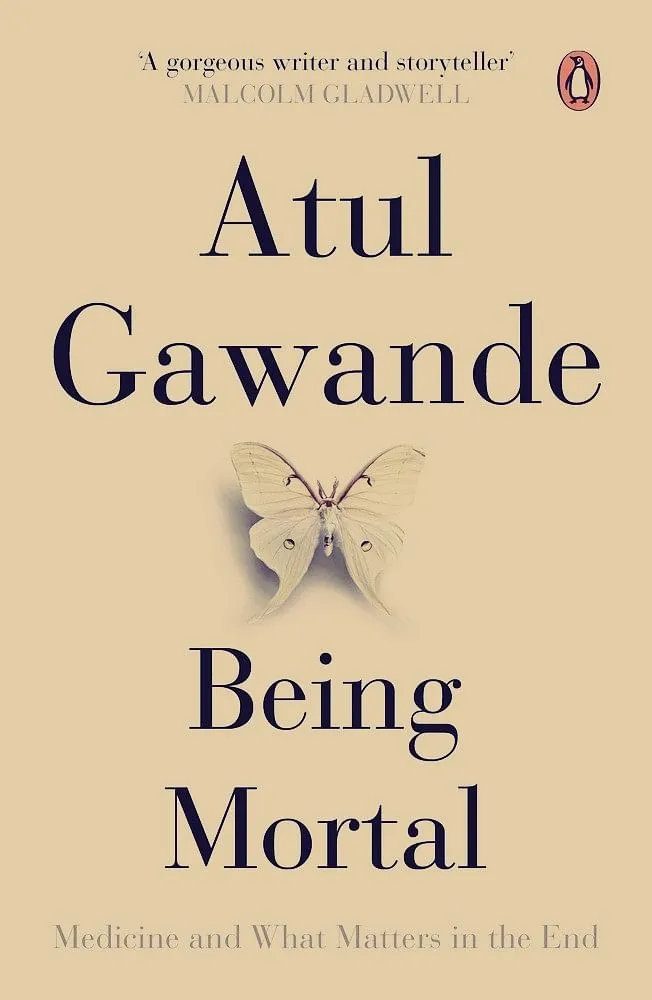Traveling abroad sometime afterward, I fell into a conversation with two doctors from Uganda and a writer from South Africa. I told them about Sara’s case and asked what they thought should have been done for her. To their eyes, the choices we offered her seemed extravagant.
Most people with terminal illness in their countries would never have come to the hospital, they said. Those who did would neither expect nor tolerate the extremes of multiple chemotherapy regimens, last-ditch surgical procedures, experimental therapies—when the problem’s ultimate outcome was so dismally clear. And the health system wouldn’t have the money for it.
But then they couldn’t help but talk about their own experiences, and their tales sounded familiar: a grandparent put on life support against his wishes, a relative with incurable liver cancer who died in the hospital on an experimental treatment, a brother-in-law with a terminal brain tumor who nonetheless endured endless cycles of chemotherapy that had no effect except to cut him down further and further.
“Each round was more horrible than the last,” the South African writer told me. “I saw the medicine eat his flesh. The children are still traumatized. He could never let go.”
Their countries were changing. Five of the ten fastest-growing economies in the world are in Africa. By 2030, one-half to two-thirds of the global population will be middle class.
Vast numbers of people are becoming able to afford consumer goods like televisions and cars—and health care. Surveys in some African cities are finding, for example, that half of the elderly over eighty years old now die in the hospital and even higher percentages of those less than eighty years old do.
These are numbers that actually exceed those in most developed countries today. Versions of Sara’s story are becoming global. As incomes rise, private sector health care is increasing rapidly, usually paid for in cash.
Doctors every where become all too ready to offer false hopes, leading families to empty bank accounts, sell their seed crops, and take money from their children’s education for futile treatments.
Yet at the same time, hospice programs are appearing everywhere from Kampala to Kinshasa, Lagos to Lesotho, not to mention Mumbai to Manila. Scholars have posited three stages of medical development that countries go through, paralleling their economic development.
In the first stage, when a country is in extreme poverty, most deaths occur in the home because people don’t have access to professional diagnosis and treatment. In the second stage, when a country’s economy develops and its people transition to higher income levels, the greater resources make medical capabilities more widely available.
People turn to health care systems when they are ill. At the end of life, they often die in the hospital instead of the home. In the third stage, as a country’s income climbs to the highest levels, people have the means to become concerned about the quality of their lives, even in sickness, and deaths at home actually rise again.
This pattern seems to be what is happening in the United States. Whereas deaths in the home went from a clear majority in 1945 to just 17 percent in the late eighties, since the nineties the numbers have reversed direction. Use of hospice care has been growing steadily—to the point that, by 2010, 45 percent of Americans died in hospice.
More than half of them received hospice care at home, and the remainder received it in an institution, usually an inpatient hospice facility for the dying or a nursing home. These are among the highest rates in the world. A monumental transformation is occurring.
In this country and across the globe, people increasingly have an alternative to withering in old age homes and dying in hospitals—and millions of them are seizing the opportunity. But this is an unsettled time. We’ve begun rejecting the institutionalized version of aging and death, but we’ve not yet established our new norm.
We’re caught in a transitional phase. However miserable the old system has been, we are all experts at it. We know the dance moves. You agree to become a patient, and I, the clinician, agree to try to fix you, whatever the improbability, the misery, the damage, or the cost.
With this new way, in which we together try to figure out how to face mortality and preserve the fiber of a meaningful life, with its loyalties and individuality, we are plodding novices. We are going through a societal learning curve, one person at a time. And that would include me, whether as a doctor or as simply a human being.
Excerpt From: Atul Gawande. “Being Mortal.”







